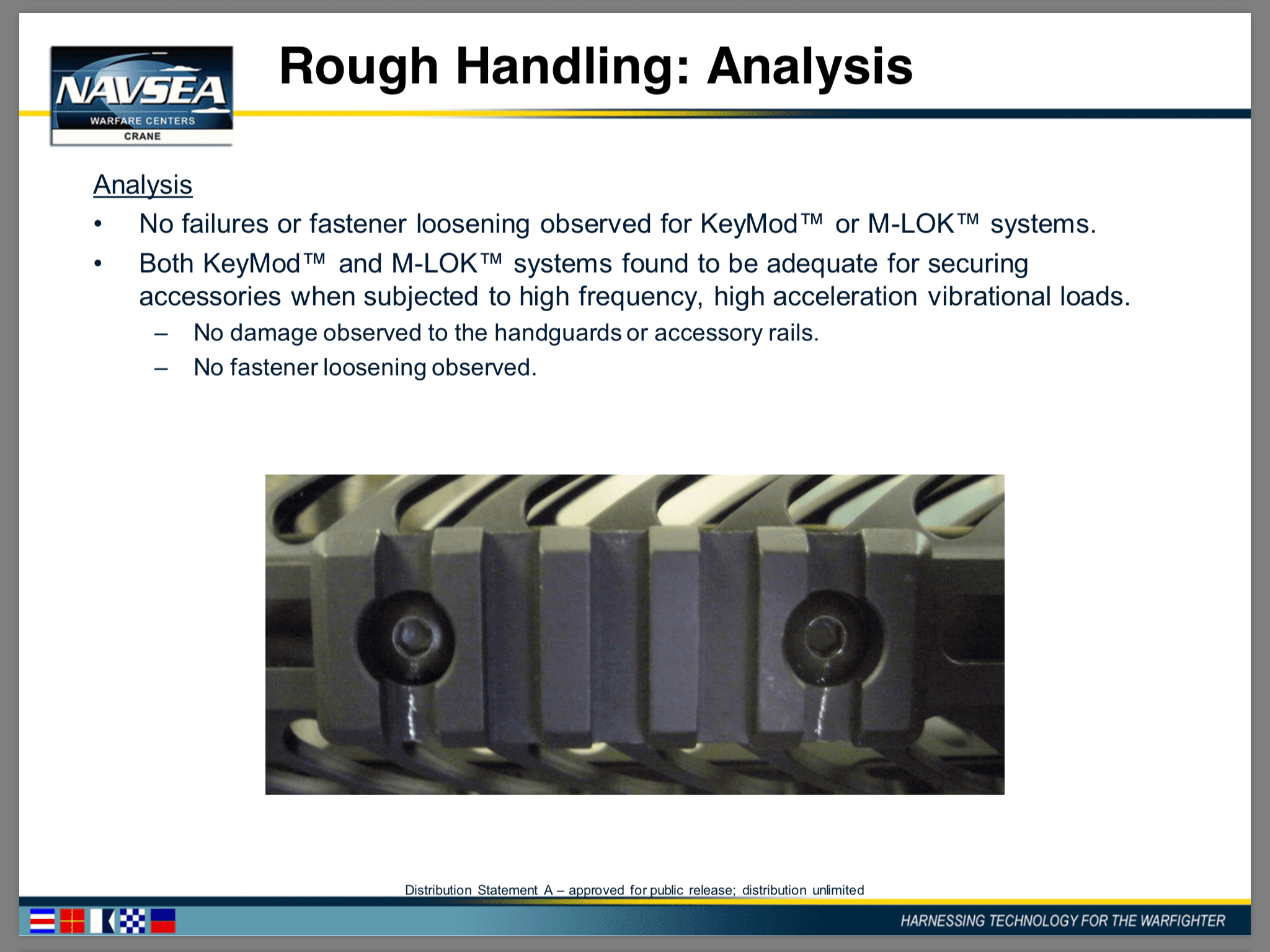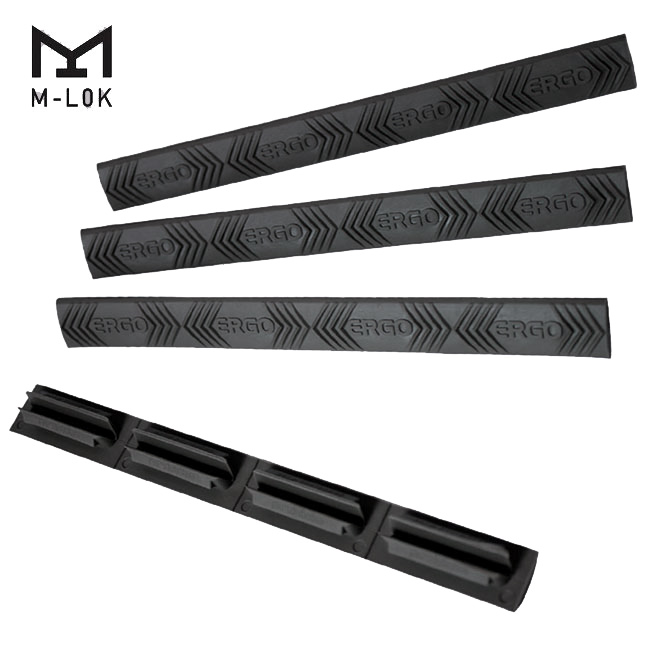Keymod Or M Lok Slots
- Keymod Or M Lok Slots Free
- Keymod Or M Lok Slots
- Keymod Or M Lok Slots Slot
- Keymod Or M Lok Slots Machine
We were asked, “What are the pros and cons of M-Lok vs Keymod?”
Keymod Or M Lok Slots Free

M-Lok As an Alternative to the KeyMod Rail System. In 2014, Austin, TX-based Magpul Industries introduced a variation of the KeyMod system. Known as M-Lok, this rail system has been designed to work more effectively with polymer attachments. Instead of the KeyMod’s keyholes, the M-Lok system features a series of slots. M-LOK (Modular Lock) – Invented by Magpul, who holds a high standard on quality components, and designed to be an improved alternative to KeyMod. It’s the next evolution of their MOE mounting system and uses the same negative space principal of the KeyMod system.
Long ago there was no standard for attaching stuff to firearms. We use sling studs, bayonet lugs, hose clamps, bespoke custom mounts, etc.
Then came the MIL-STD-1913 Picatinny rail. And all was well. It took some time for people to move away from the weaver rail, but eventually most of the world adopted the 1913 rail. Except for Zee Germans, who as always thought they could do better. They came up with their own spec for rails, where they took the surface most likely to get damaged in use and make that the critical dimension. Thus the NATO spec rail was born.

Then people wanted smaller and slicker hand guards. Companies started milling off the rail section and offering bolt on rail sections. But each company had their own system. While the bolt spacing was somewhat standardized due to the sizing of Picatinny rail, how the rail section interfaced was not standardized. KAC, LMT, Larue, Colt, etc all had their own various rail attachments for their slick handguard.
VLTOR designed a new mounting system in 2012. Somewhat similar to the old post and slot system used in shelving, they included a taper on the mounting tab and recoil lugs. Best part is that they released the design as open source, so any company could use it for free.
Noveske and Bravo Company were early adopters and helped popularize the system. It looked like it was going to be the next standard. But then something interesting happened.
Before we get to what happened, lets talk about the other option, M-LOK.
Magpul came up with a new mounting system on their Masada and their early MOE line of accessories. They had slots cut(or molded) into the hand guards allowing accessories to be bolted to the slots. This was 2009. But this MOE slots sucked. They were inconsistent, and the backside of the slot had to be accessed to install an accessory.
In 2014, Magpul came up with a new standard, the M-LOK. M-LOK used slots where the accessory would lock in using a rotating T-Nut. M-LOK is free licensed, not open source like KeyMod. So people can made it freely, but they have to get permission from Magpul. This way Magpul ensures people don’t deviate from spec.
Wow, writing the history there took longer than I thought this article would be.
So what are the cons:
KeyMod accessories can be installed wrong. When I first mounted a KeyMod QD swivel, the next day I read about people mounting Keymod accessories backwards. I said, “How could anyone mount one of these backwards?” Then I found out that I mounted mine backwards. Doh.
Also some companies are cutting corners and making KeyMod accessories out of spec. Either missing the critical taper on the lugs, or missing recoil lugs.
As for M-LOK. M-LOK accessories protrude into the rail, so in areas with little clearances they can be an issue. Or sometimes the screws can protrude enough to touch a barrel in a narrow free float tube.
It looked like KeyMod was winning the modular handguard war. Many were pushing it as the superior mounting system and it looked like the Army was going to adopt it for use on newer hand guards and sniper rifles.
Then we get to the interesting test. NSWC-Crane did a test between the two. They deemed M-LOK as being better.
Overall, test and evaluation demonstrated that the M-LOKTM modular rail system surpassed the performance results achieved by other modular rail systems. In repeatability testing, M-LOKTM allowed for the repeated installation of the same accessory rail in the same location on a handguard with an average point of aim (POA) shift of 1.3 MOA, as low as one quarter the average POA shift observed by other modular rail systems. Drop test results demonstrated that M-LOKTM systems maintain securement of accessories to the handguard and sustain less damage from impact forces than some other modular rail systems. Failure load testing demonstrated that M-LOKTM systems support the highest load of all modular rail systems tested. In fact, the test equipment used to interface with 1913 accessory rails secured with the respective modular rail system across testing repeatedly failed prior to failure of the M-LOKTM attachment system. Even so, testing of the M-LOKTM systems failed at loads as high as over three times the maximum failure load of some other modular rail systems. NSWC Crane recommended to USSOCOM that the M-LOKTM modular rail system be utilized over the alternative systems tested. USSOCOM has chosen to incorporate the M-LOKTM modular rail system in acquisition efforts including the Suppressed Upper Receiver Group (SURG) and Advanced Sniper Rifle (ASR).
Since this test, interest in KeyMod has been reduced, but it is far from dead. M-LOK is gaining much more popularity.
M-LOK design of just being simple slots has allowed M-LOK mounting slots to be added to a great deal of accessories for other older firearms. Newer gun designs are able to have thin aluminum hand guards with simple slots milled in them allowing for the end user to add what ever accessories they deem fit.
Both are good, but now the consensus is that M-LOK is better.

We were asked, “What are the pros and cons of M-Lok vs Keymod?”
Long ago there was no standard for attaching stuff to firearms. We use sling studs, bayonet lugs, hose clamps, bespoke custom mounts, etc.
Then came the MIL-STD-1913 Picatinny rail. And all was well. It took some time for people to move away from the weaver rail, but eventually most of the world adopted the 1913 rail. Except for Zee Germans, who as always thought they could do better. They came up with their own spec for rails, where they took the surface most likely to get damaged in use and make that the critical dimension. Thus the NATO spec rail was born.
Then people wanted smaller and slicker hand guards. Companies started milling off the rail section and offering bolt on rail sections. But each company had their own system. While the bolt spacing was somewhat standardized due to the sizing of Picatinny rail, how the rail section interfaced was not standardized. KAC, LMT, Larue, Colt, etc all had their own various rail attachments for their slick handguard.
VLTOR designed a new mounting system in 2012. Somewhat similar to the old post and slot system used in shelving, they included a taper on the mounting tab and recoil lugs. Best part is that they released the design as open source, so any company could use it for free.
Noveske and Bravo Company were early adopters and helped popularize the system. It looked like it was going to be the next standard. But then something interesting happened.
Before we get to what happened, lets talk about the other option, M-LOK.
Magpul came up with a new mounting system on their Masada and their early MOE line of accessories. They had slots cut(or molded) into the hand guards allowing accessories to be bolted to the slots. This was 2009. But this MOE slots sucked. They were inconsistent, and the backside of the slot had to be accessed to install an accessory.
In 2014, Magpul came up with a new standard, the M-LOK. M-LOK used slots where the accessory would lock in using a rotating T-Nut. M-LOK is free licensed, not open source like KeyMod. So people can made it freely, but they have to get permission from Magpul. This way Magpul ensures people don’t deviate from spec.
Wow, writing the history there took longer than I thought this article would be.
Keymod Or M Lok Slots
So what are the cons:
KeyMod accessories can be installed wrong. When I first mounted a KeyMod QD swivel, the next day I read about people mounting Keymod accessories backwards. I said, “How could anyone mount one of these backwards?” Then I found out that I mounted mine backwards. Doh.
Also some companies are cutting corners and making KeyMod accessories out of spec. Either missing the critical taper on the lugs, or missing recoil lugs.

As for M-LOK. M-LOK accessories protrude into the rail, so in areas with little clearances they can be an issue. Or sometimes the screws can protrude enough to touch a barrel in a narrow free float tube.
It looked like KeyMod was winning the modular handguard war. Many were pushing it as the superior mounting system and it looked like the Army was going to adopt it for use on newer hand guards and sniper rifles.

Then we get to the interesting test. NSWC-Crane did a test between the two. They deemed M-LOK as being better.
Overall, test and evaluation demonstrated that the M-LOKTM modular rail system surpassed the performance results achieved by other modular rail systems. In repeatability testing, M-LOKTM allowed for the repeated installation of the same accessory rail in the same location on a handguard with an average point of aim (POA) shift of 1.3 MOA, as low as one quarter the average POA shift observed by other modular rail systems. Drop test results demonstrated that M-LOKTM systems maintain securement of accessories to the handguard and sustain less damage from impact forces than some other modular rail systems. Failure load testing demonstrated that M-LOKTM systems support the highest load of all modular rail systems tested. In fact, the test equipment used to interface with 1913 accessory rails secured with the respective modular rail system across testing repeatedly failed prior to failure of the M-LOKTM attachment system. Even so, testing of the M-LOKTM systems failed at loads as high as over three times the maximum failure load of some other modular rail systems. NSWC Crane recommended to USSOCOM that the M-LOKTM modular rail system be utilized over the alternative systems tested. USSOCOM has chosen to incorporate the M-LOKTM modular rail system in acquisition efforts including the Suppressed Upper Receiver Group (SURG) and Advanced Sniper Rifle (ASR).
Since this test, interest in KeyMod has been reduced, but it is far from dead. M-LOK is gaining much more popularity.
Keymod Or M Lok Slots Slot
M-LOK design of just being simple slots has allowed M-LOK mounting slots to be added to a great deal of accessories for other older firearms. Newer gun designs are able to have thin aluminum hand guards with simple slots milled in them allowing for the end user to add what ever accessories they deem fit.
Keymod Or M Lok Slots Machine
Both are good, but now the consensus is that M-LOK is better.